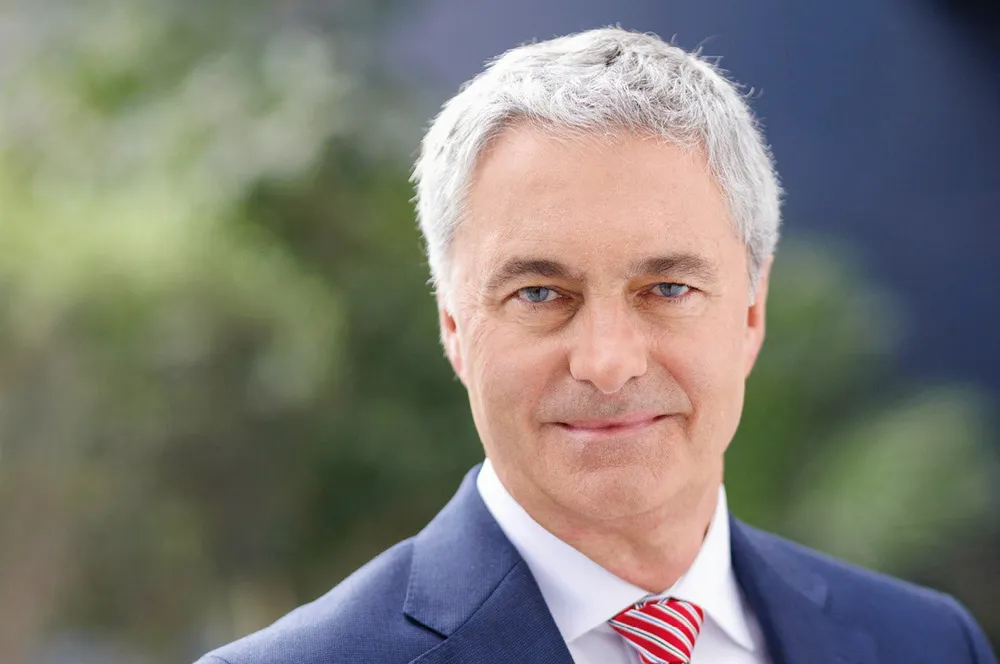INTERVIEW | Neom's 2.2GW green hydrogen and ammonia complex will meet 'high bar' EU definition of renewable fuel
Neom Green Hydrogen Company CEO tells Hydrogen Insight that project was designed around stricter drafts of the Delegated Acts, making it easier to sell into both European and Asian markets
